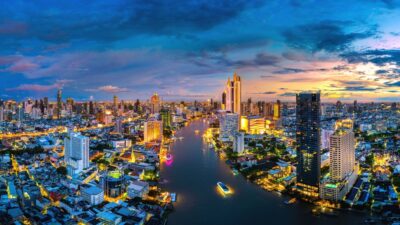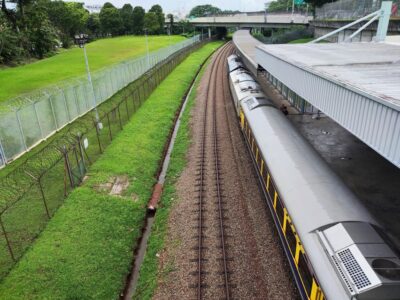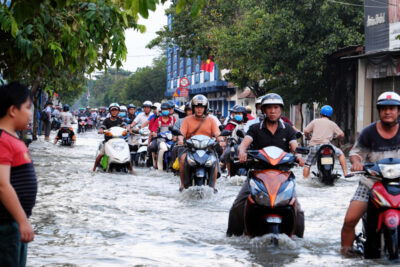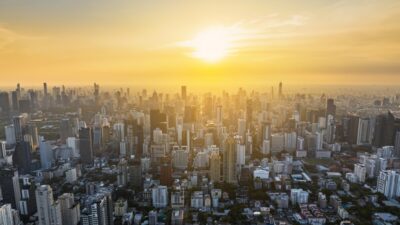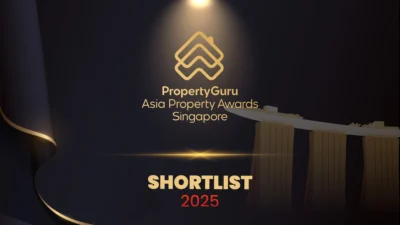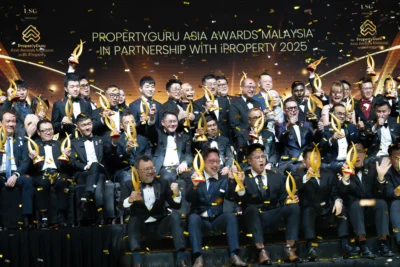Smart and sustainable cities: lecture 2
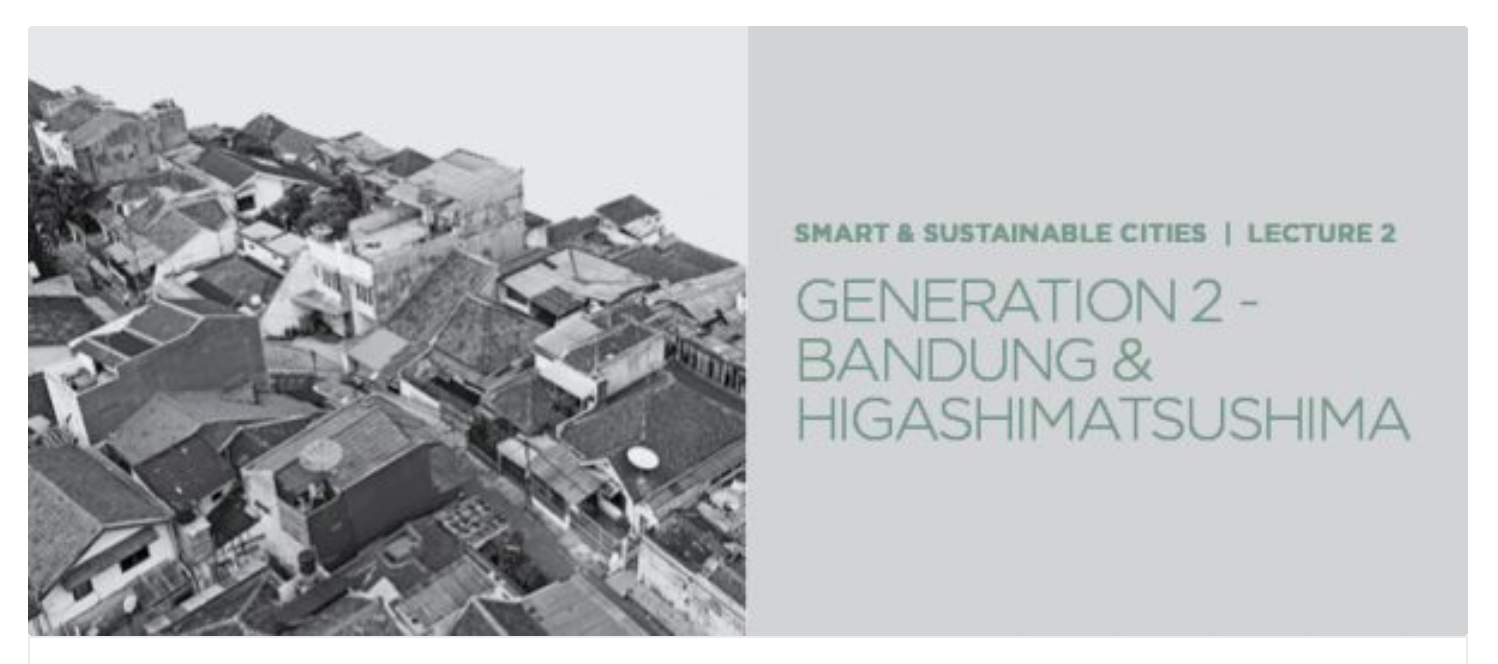
When one thinks of what a Smart City is, the natural inclination would be to a Utopian (or dystopian) vision — largely based on technology — specifically Information and Communication Technology (ICT) and the Internet of Things (IoT). It imagines a future where lives are made easier and more productive — thanks to technology. However, it is easy to overlook the important roles governance, culture and community play in enabling smart practices to take place. Furthermore, as the needs of the city dwellers around the world vary, so too do definitions of what makes a Smart City.
In this three part lecture series, we consider three generations of Smart City case studies from around the world — investigating their unique characteristics and key smart innovations and design principles, and ultimately ask whether such environments really enhance our daily lives. In Lecture 2 of the series, we investigate Second Generation Smart Cities, Higashimatsushima in Japan and Bandu in Indonesia.
To view the video, please visit pomeroyacademy.sg/course/smart-and-sustainable-cities-lecture-2/. Watch the first and third parts here
Recommended
Thailand advances digital finance with blockchain real estate push
Issues over marrying blockchain incentives to a physical asset class is hampering Thailand’s digital finance push
Johor Bahru emerges as a key economic partner to Singapore
Once regarded as a poor relation across the causeway, Johor Bahru is cementing its status as an integrated economic partner to Singapore
Vietnam sets new rules to reward clean energy producers
Vietnam’s government has passed new regulations allowing homeowners and landlords to sell solar power back to the national grid for the first time
Bangkok developers shift focus to safer low-rise and suburban projects
Concerns over Bangkok’s seismic safety in the wake of the recent Myanmar earthquake have prompted a shift toward low-rise developments

